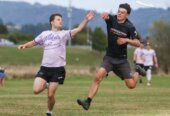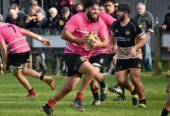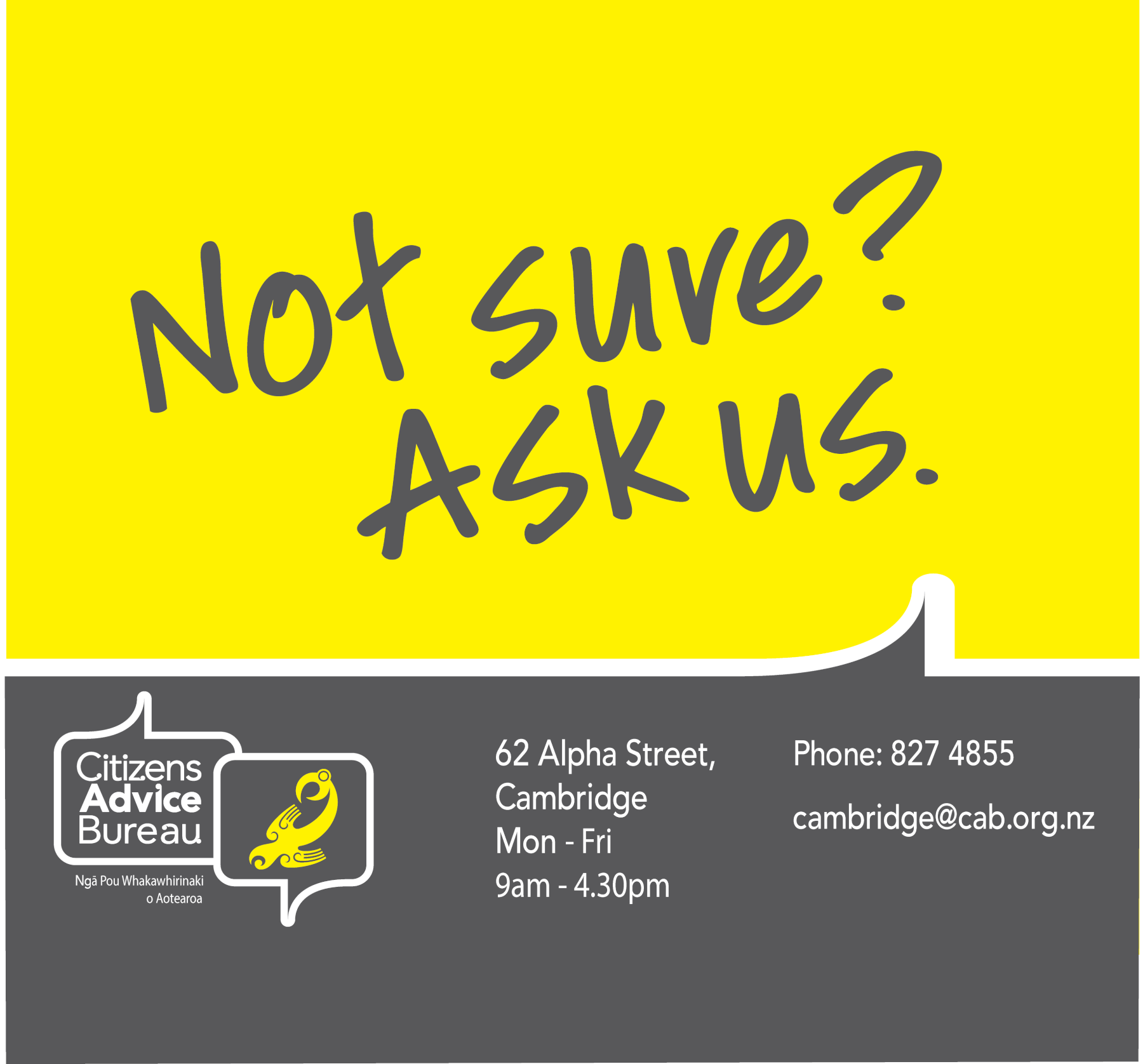Greyhound Racing NZ has applied for a judicial review of the Government plan to ban the sport. Jesse Wood talks to an advocate of the sport about her concerns if the ban goes ahead.
Jenny Bartlett wants to know how they will rehome 2900 plus greyhounds. Photo: Jesse Wood
Cambridge-based greyhound advocate Jenny Bartlett is concerned about where more than 2900 dogs will go once the industry is out of the picture in New Zealand.
Racing minister Winston Peters announced the end of greyhound racing in December. A date of July 2026 was set to give time to rehome the dogs.
Former Waikato Greyhound Racing president Bartlett said that’s not possible and after meetings with Greyhound Racing New Zealand, the Government appointed Ministerial Advisory Committee (MAC) have come to the same conclusion.
“When the ban was announced, there was no warning of it. We were absolutely blindsided,” she said. “There were trainers that would have had a bitch having a season that they’d impregnated just prior because they had no idea this was coming.
“We’ve got these racing dogs out there, the brood bitches, the sires and we’ve got puppies. So, 2900 is just a ballpark figure.”
MAC have realised rehoming the total dog population by July 31, 2026, is not possible and there will need to be a rehoming effort of 24-30 months post closure.
“It really worries me as to how we are going to rehome 2900 plus greyhounds. How do we do it? Don’t think that the SPCA are going to do it,” Bartlett said.
“I’ve yet to see one politician put their hands up and say we’ll take a dog. I’ve yet to see one anti-greyhound racing protestor put their hand up and say we’ll take a dog.
Greyhound racing contributes $133 million dollars annually to the New Zealand economy and $13 million to the Waikato economy. Greyhound Racing New Zealand spends more than $8.5 million annually on rehoming.
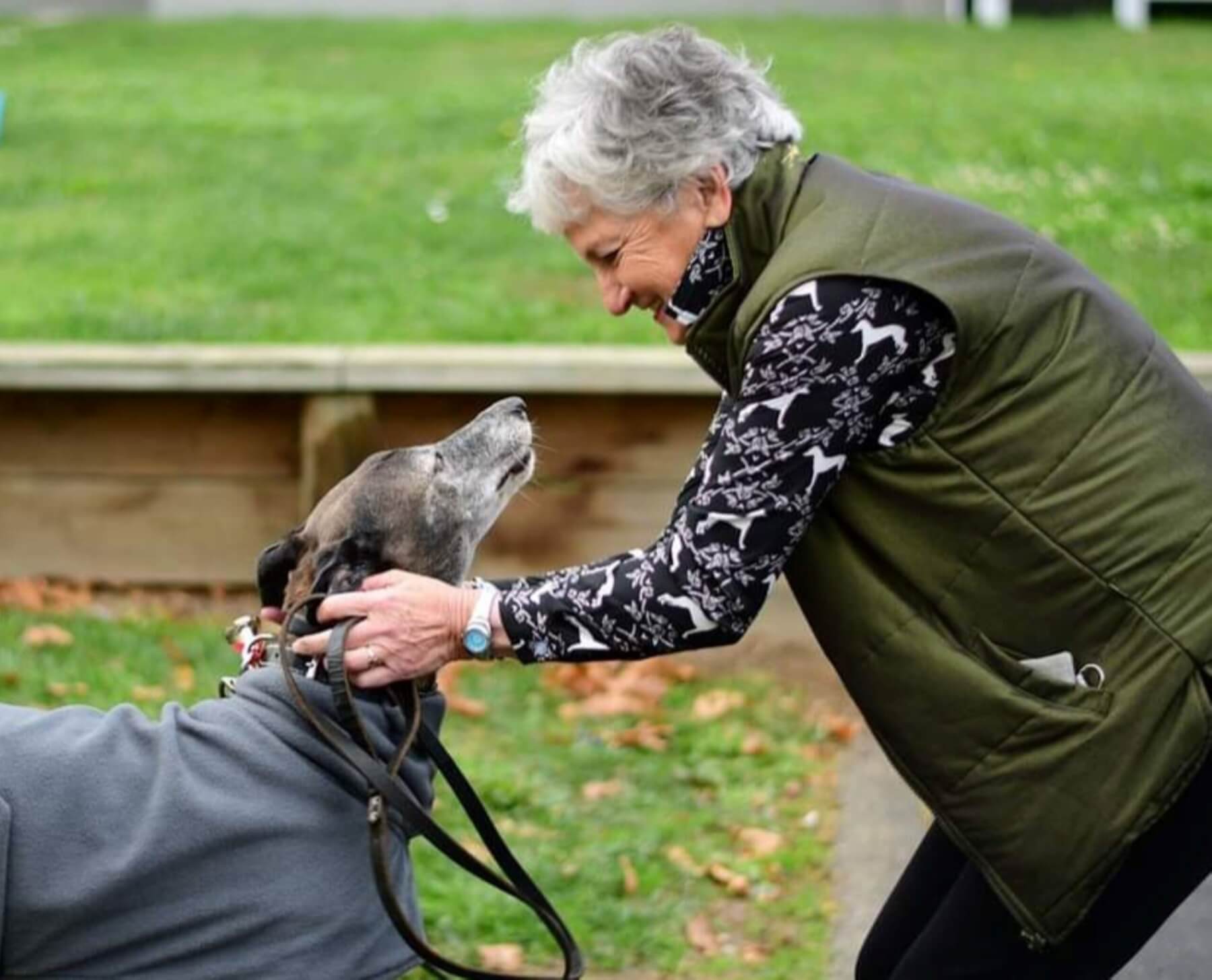
Jenny Bartlett with her beloved retired greyhound, Disco. Photo: Yvette Bodiam
The total number of greyhound adoptions since the announcement, up to and including April, stands at 526. The average adoption rate for the first nine months is about 58 per month.
At this point of the season, adoptions are up 16.5 per cent on last year’s record.
“It’s a complicated process to rehome and I believe that the trainers and the owners want to ensure that this process is to continue,” Bartlett said.
“The whole rehoming side of it is all for the dog. It’s not whether the dog’s right for you. It’s if you’re right for that dog. It takes time to get that right.
“Once a dog has retired from racing, they’re not rescued because they haven’t been tied to a tree, the trainer is required to get that dog desexed, get a dental report done and a health check. That is all funded by Greyhound Racing New Zealand.”
The dog will then go on the Great Mates list before it retires.
“The Great Mates kennel is the first stop for that dog starting its new journey into becoming a pet,” Bartlett said. “Great Mates assess that dog. They will say, she’s a bit of a shy little girl or she’s not cat trainable.
“They’ll take them for walks in town and assess them because a lot of these dogs have lived rurally. They don’t know a truck; they don’t know a wheelie bin.”
The next stop is a rehoming agency. The main organisations are May Hounds, Nightrave, Kiwikiwi Hounds and Gap.
“May Hounds might say, we think we’ve got a home for her, we would like her.
“Then more work is done with that dog to expose it to becoming a pet. May Hounds put their dogs into a foster home immediately, so none of them are in a kennel.
“They might be there for two weeks, six weeks, six months. It doesn’t matter – they’re in a home, learning all about it. Then someone might say, ‘I want that dog’, but you’re not just going to get her.”
See: The killing of an industry
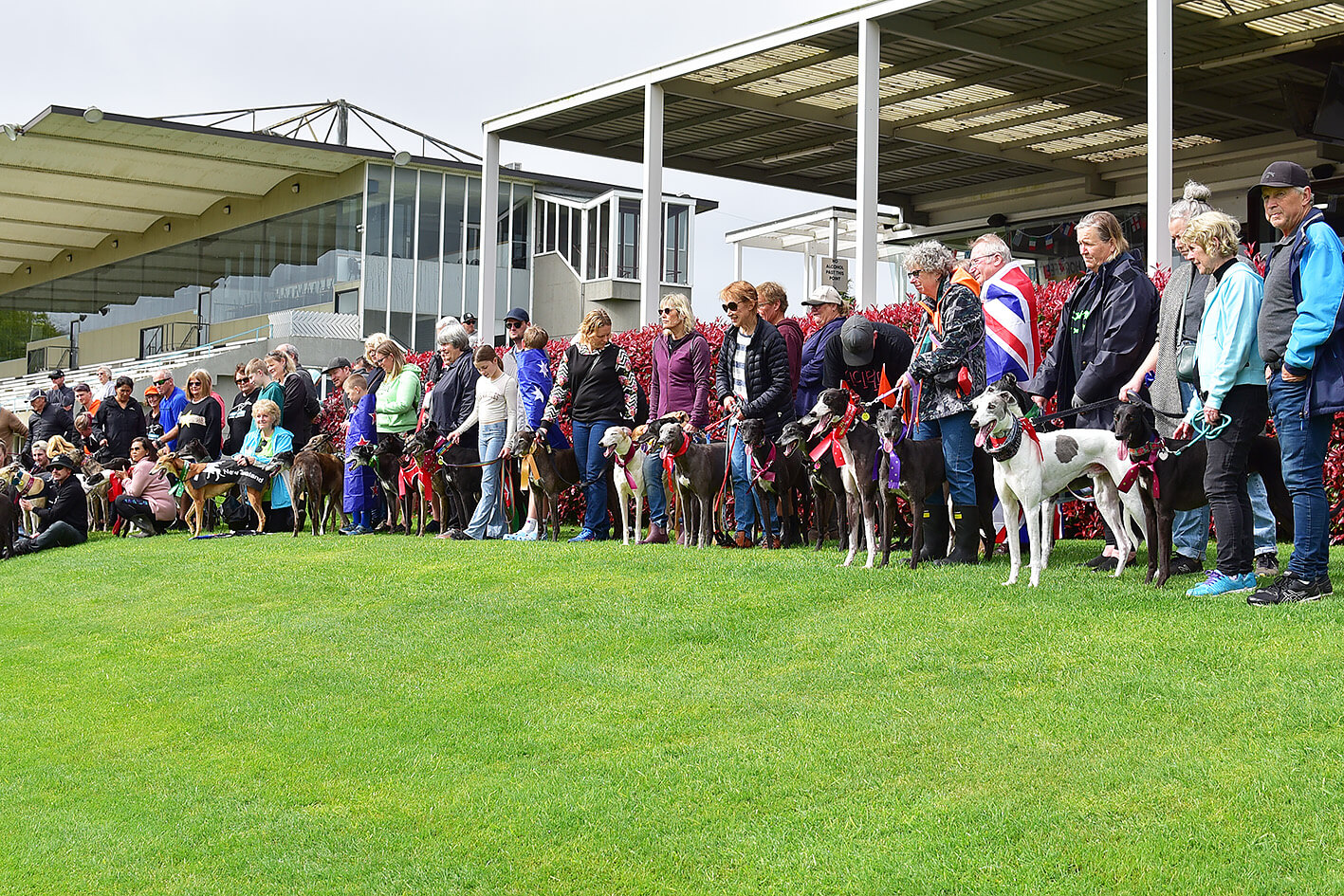
All lined up and ready to go – some of the 59 greyhounds that took part in the Great Global Greyhound Walk in Cambridge. Photo by Yvette Bodiam.
The person wanting to adopt must fill out an application form detailing their lifestyle, who is the dog for, what they can give the dog and where the dog will sleep.
“No greyhound going through a rehoming process is to sleep outside at night,” Bartlett said.
“Then May Hounds will send someone to do a home check, to meet them, meet other family members, look at fencing, to look at the setup and see if it’s going to work. Then they can meet the dog.
“This process takes time. You’re not going to take 2900 dogs and rehome them in six months.”
Rehabilitation to rehome, RTR dogs, is another part of the process.
“The dog is cared for and seen by top New Zealand vets. Once all clear, they enter the rehoming process.
“They all make the most amazing pets, they’ve got a great nature, but you have to get the right home for each dog.
“Logistically, you tell me how? I’d like to say to Winston, will you tell me how we’re going to do it?”
See: Protesters at the greyhounds
See: Flying the flag for greyhounds
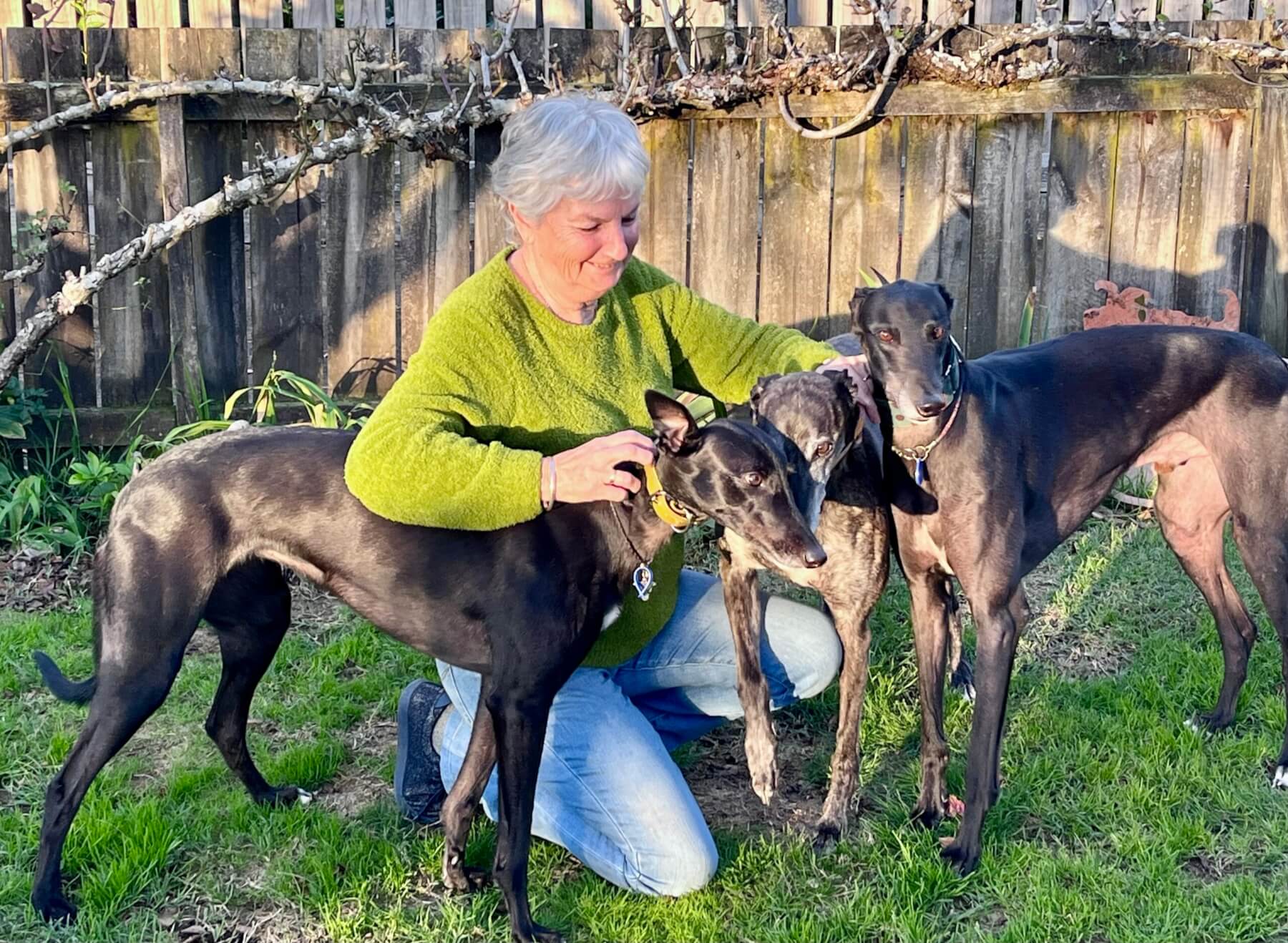
Bartlett has been involved with greyhounds for 20 years. Photo: Jesse Wood






